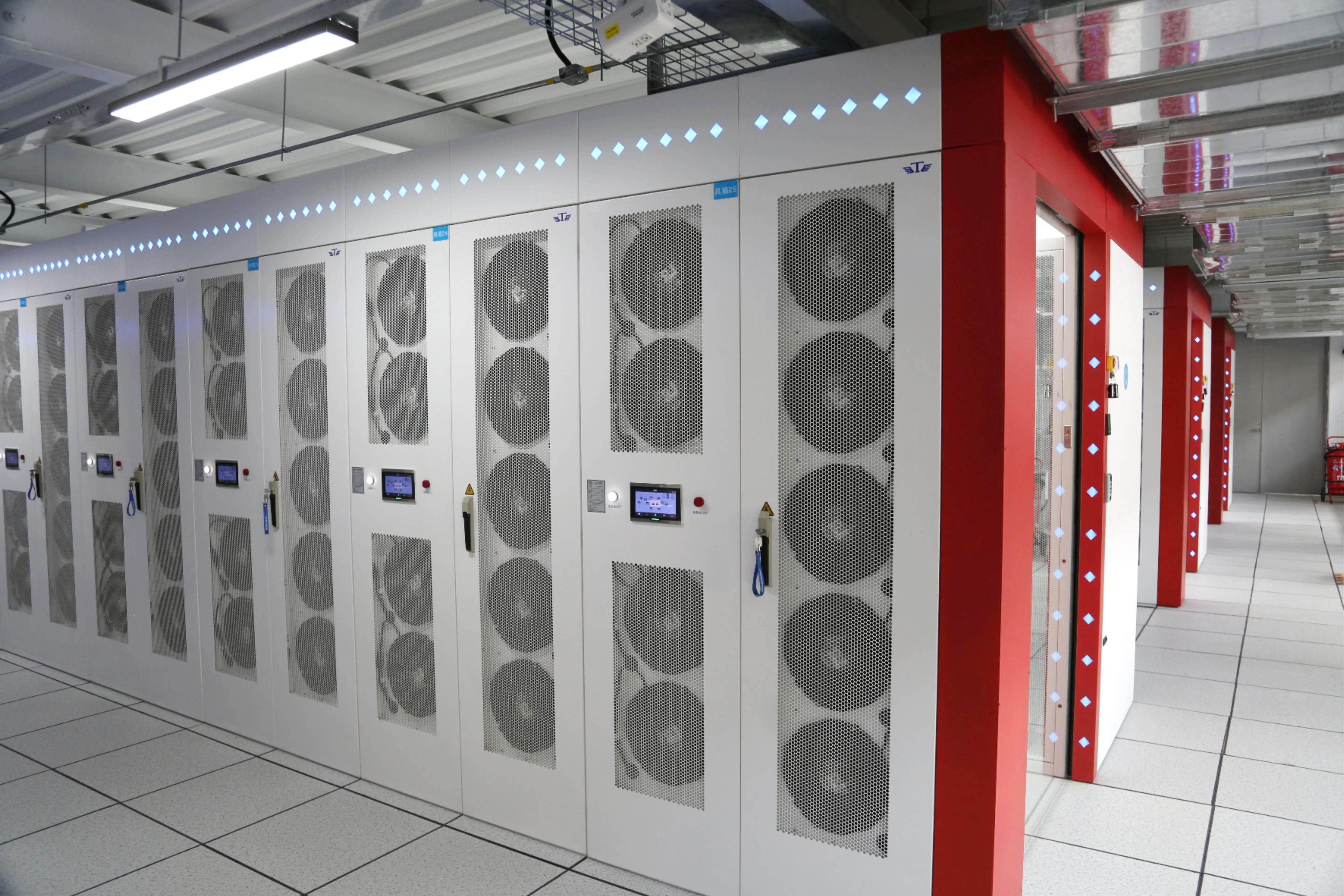Yajiang-1, a cutting-edge computing centre perched in the cradle of Tibetan civilisation along the Yarlung Tsangpo River, is up and running as part of China’s plan to transform the so-called roof of the world into a strategic frontier for sustainable supercomputing.
The facility, the first major hub of the “Eastern Data, Western Computing” project on the Tibetan Plateau, takes advantage of the region’s extreme environment to make massive artificial intelligence (AI) training tasks – amounting to millions of processing hours a year – radically more energy efficient.
China plans to harness the natural cold, abundant solar power and innovative waste heat recovery to build more AI centres like Yajiang-1, which sits at an altitude of 3,600 metres (11,800 feet).
Located in Shannan, a city in Tibet autonomous region, the centre’s initial phase will deploy more than 256 advanced computing servers, delivering a total processing power of 2,000 petaflops – a measure of floating-point operations per second.
The facility, which was jointly developed by Tibet Yarlung Zangbo Computing Technology Company and the local government, aims to pioneer high-altitude digital economies.
“Yajiang-1 will catalyse frontier innovation across AI training, autonomous driving, smart healthcare and plateau ecosystem monitoring,” said Han Shuangshuang, general manager of the computing firm, in an interview with Science and Technology Daily published on June 20.
“Multiple partnerships are already established to advance these fields,” he told the official newspaper of China’s Ministry of Science and Technology.
China launched its Eastern Data, Western Computing strategy in 2022 to shift data processing from eastern regions, where computing needs are intensive, to renewable energy-rich western regions. The national initiative establishes data centres in the west to handle offline analytics, storage and non-urgent computing tasks from eastern China.
Yajiang-1 leverages Tibet’s unique environment for sustainable operations. Its high-altitude location provides naturally cold, low-oxygen conditions that reduce cooling demands, while abundant renewable resources – including solar, hydro and wind power – lower operational costs.
However, a local government report acknowledged the tension between the area’s distinctive and valuable environment and the economic and technological demands of the programme.
“To address the global challenge of balancing computing needs with ecological protection in building a data centre at 3,600 metres above sea level, the centre employs an innovative ‘solar power + waste heat recovery + high-efficiency cooling’ system,” said the report published by Shannan’s investment promotion bureau on Wednesday.
The integrated approach maintains an industry-leading power usage effectiveness rating below 1.3, achieving 40 per cent greater energy efficiency than conventional data centres, according to the Shannan report.
It said that on reaching full capacity, the 2,000-petaflop centre would process around 4 million annual AI training hours for eastern China – the equivalent of saving 320 million kilowatt-hours (kWh) of electricity and reducing carbon emissions by 280,000 tonnes a year.
The investment bureau report said the environmental footprint was further minimised through 25,000 square metres (270,000 sq ft) of on-site solar panels generating 48 gigawatt-hours of clean power annually, while advanced heat-recovery systems converted server waste heat into building warmth for nearby facilities, eliminating 12,000 tonnes of coal consumption per year.
The original Eastern Data, Western Computing plan designated eight national computing hubs – with western clusters only reaching Ningxia and Gansu. Yajiang-1 extends this framework into Tibet.
Han emphasised its role as a “critical node” in Tibet’s “computing Everest” development plan, connecting Lhasa with regional centres such as Nyingchi and Qamdo in Tibet autonomous region.
